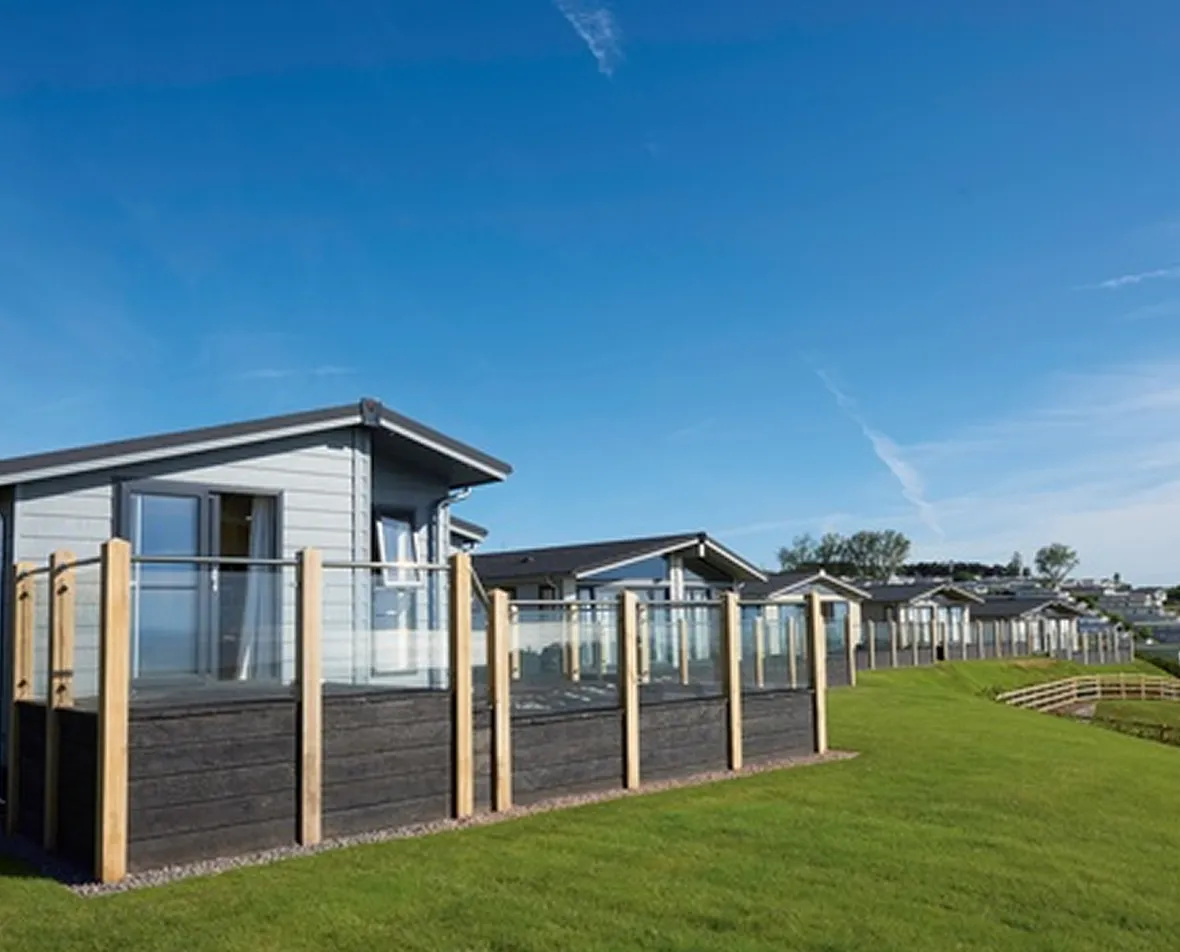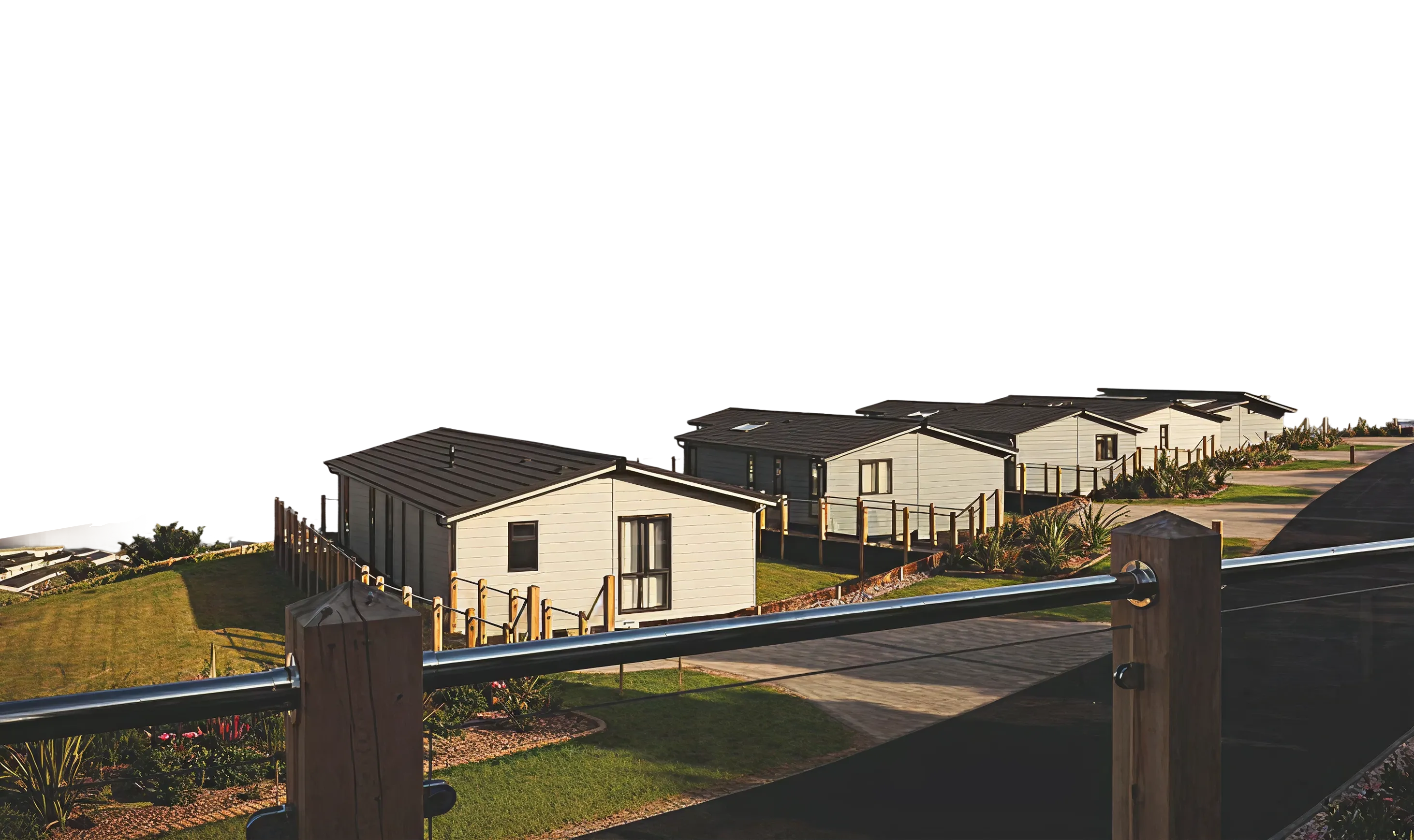
HOLIDAY HOMES
HOLIDAY HOME LOCATIONS
The AGC Association has three Holiday Homes situated in Haven Holiday Parks. Two are located on the Jurassic Coast in the beautiful seaside town of Exmouth. The other can be found within the picturesque peaks of the Lake District.
These are:
- 3 Ocean Heights - Lodge in Exmouth
- 5 Cedars - Premium Caravan in Exmouth
- 9 Tarka - Lodge in the Lake District


WHAT IS INCLUDED?
All of the homes have three bedrooms and sleep up to six people comfortably, and each has a sofa bed to accommodate late visitors. They are fully furnished with central heating and include a fully equipped kitchen with cooker, fridge/freezer, microwave, hot and cold running water, bathroom with WC and shower and a separate WC.
The two lodges also have an ensuite shower in the main bedroom. All homes have decking on two sides with patio doors leading onto them.
COST, BOOKING AND ALLOCATION
New for 2026 - We are trialling some changes to how the homes are run in 2026, in order to make the bookings more accessible to more AGC members. These key changes are;
- 3 and 4 night stays, with the option to combine into 7 night stays during off peak months. Please refer to the availability calendar to see when the different stays are available and specify how many nights you would like in your application.
- Flat rates across the season. There will be no increase during the ‘high season’ - this is to help those who can only go away in the holidays when it is usually more expensive.
- Gifted stays. If you are going through a particularly hard time, or know someone who has done exceptional work that should be recognised, the Holiday Home Committee at AGC HQ will offer up to 4 stays across the homes and season, absolutely free. We want to support our members when they need it most, and also find other ways to recognise great behaviour. For enquiries in this respect submit the MS Form as normal and annotate your justification in the remarks box on the form.










